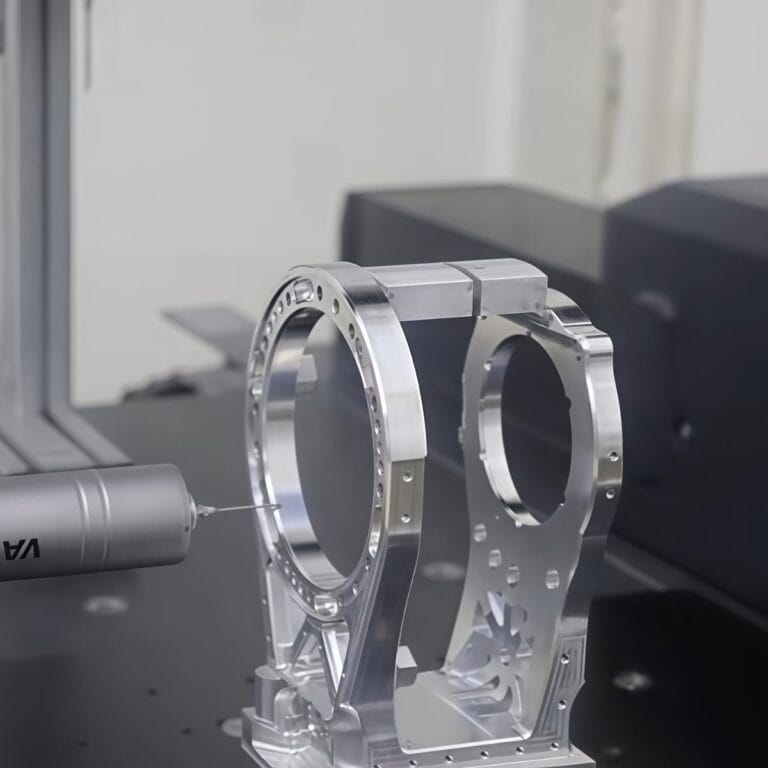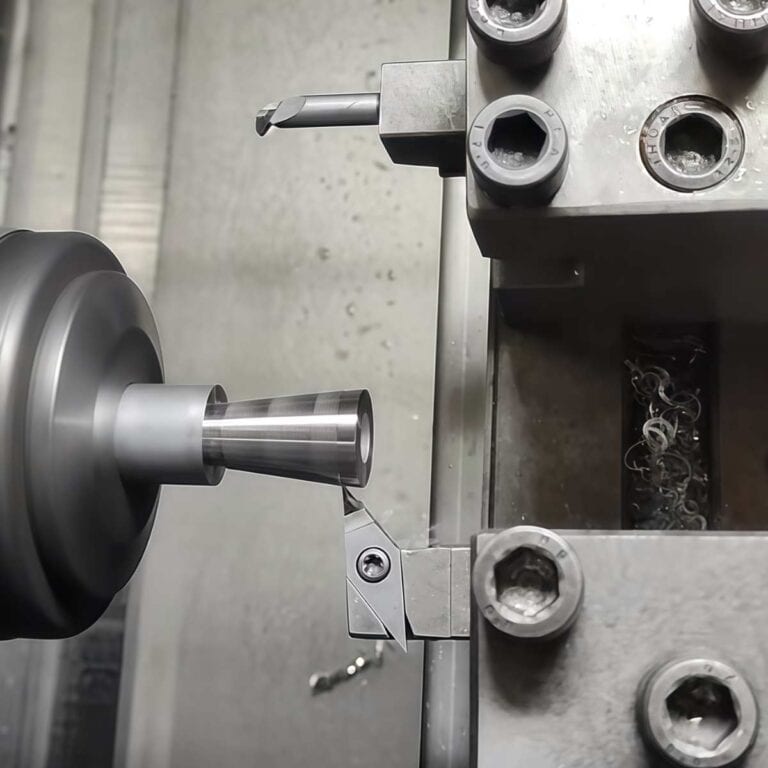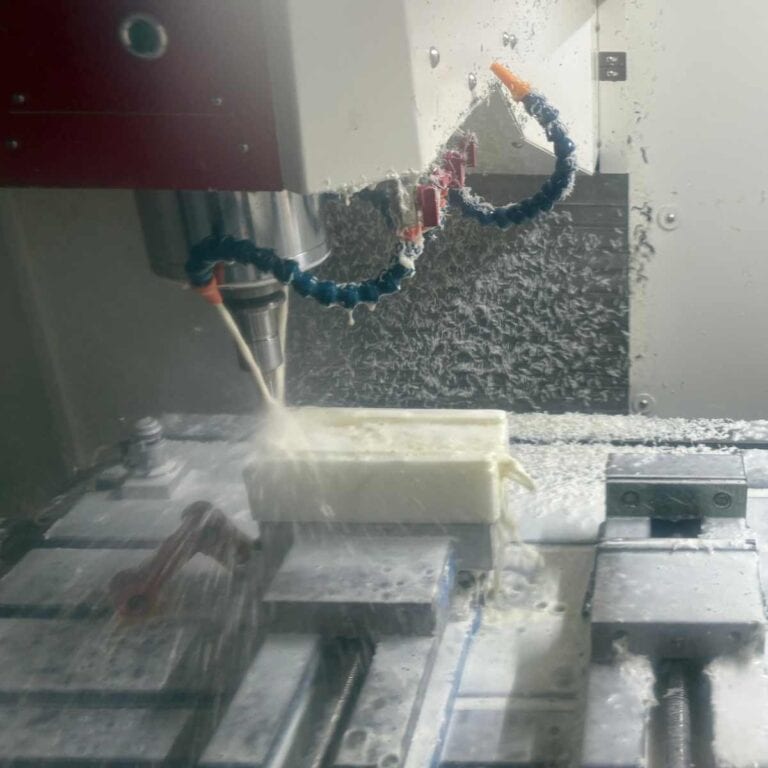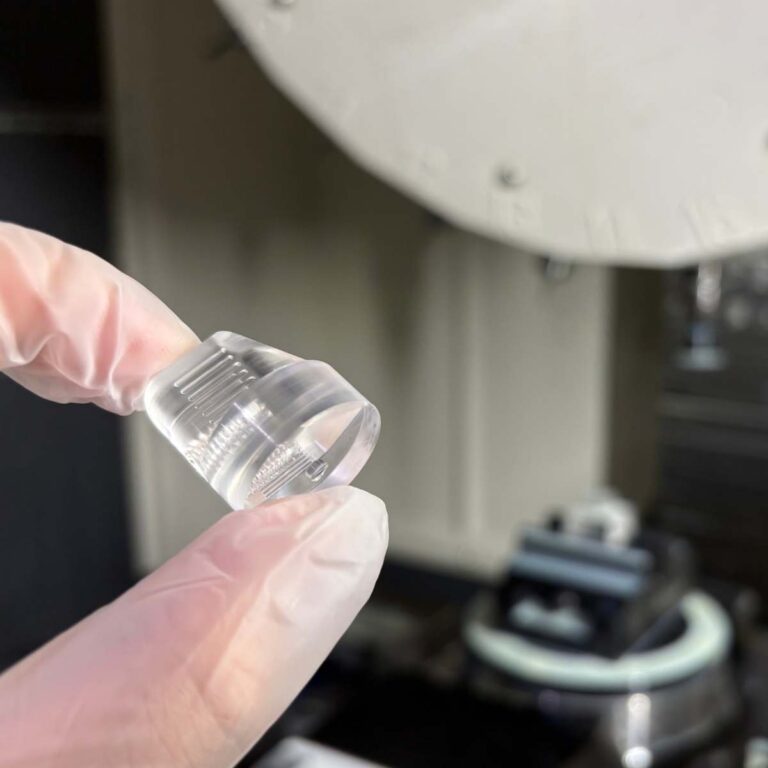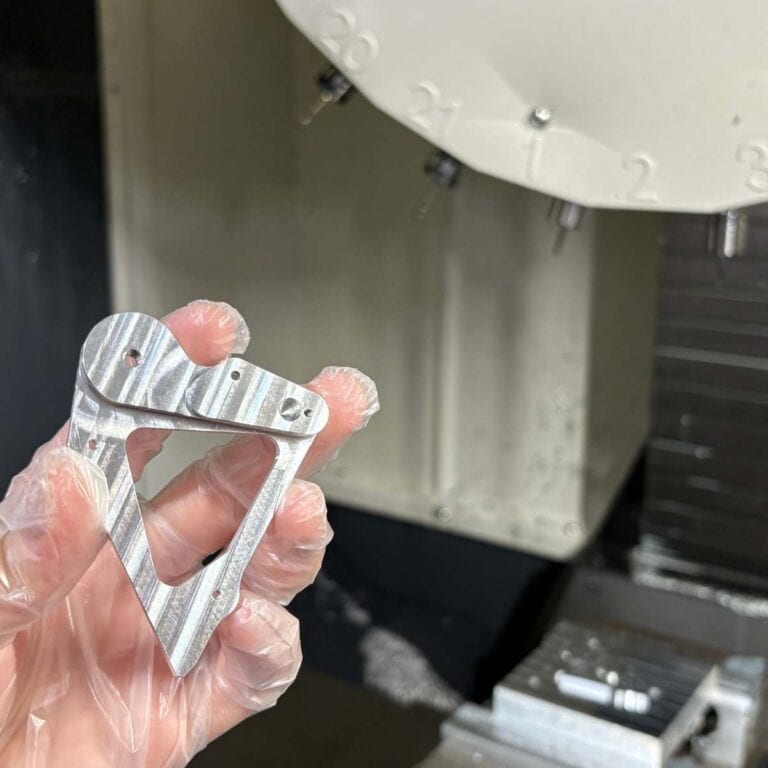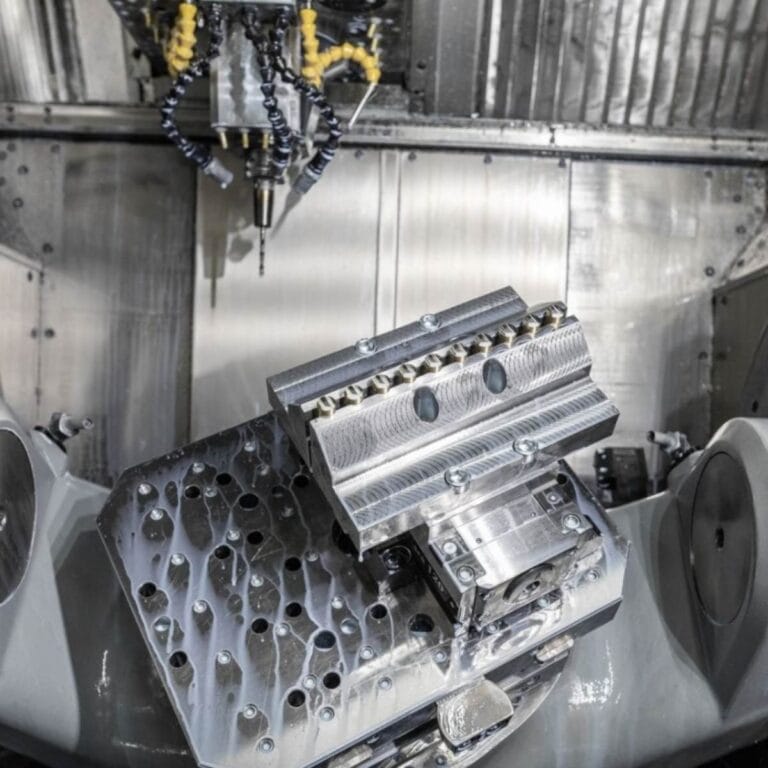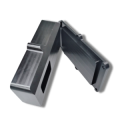Prototyping is essential in product development work. For the prototype design, this is the process of realizing the product design, and it is also the key for the manufacturer to judge whether to choose this product for production. A good product is a multi-faceted inspection and strict control of the prototype creation to ensure that it can play a role in every machine and equipment and maintain the operation of the equipment.
This post will take you through several of the most popular methods of metal prototyping, including: CNC machining, sheet metal fabrication, 3D printing, and more:
What Is Metal Prototyping
Metal prototyping is the process of product validation during the development phase of a product. It is to evaluate the product design, functionality and manufacturability before mass production is undertaken.
Metal prototypes can be a perfect substitute for the final product, but prototypes are often more expensive to manufacture than mass-produced products. Metal prototyping allows designers to refine their concepts, ensuring that more alternative problems are identified and solved early in the development phase.
6 Processing Methods for Metal Prototypes
Selecting the correct manufacturing process is critical when creating or machining metal prototypes. It enables the metal prototype fabrication of products that conform to the design concept and work properly after being put into use. The specific technical requirements depend on the manufacturer’s requirements for metal prototyping.
1. 5-Axis CNC Milling
5-axis CNC is used to process more complex products, such as prototypes with curved, multi-faceted structures.
- Complex geometries: Ability to produce parts with complex curves and detailed features.
- Fewer setups: Reduce the need for multiple setups, save time and improve accuracy.
- Improved surface finish: More precise cutting angles can be achieved, resulting in smoother surfaces.
2. 3-Axis CNC Milling
3-axis CNC milling is the most common milling method. It is suitable for relatively simple geometries. For example, flat plate-like prototype parts.
- Ease of use: Simpler setup and operation compared to 5-axis milling.
- Cost-effectiveness: Low requirements for operators and low processing costs.
- Versatility: Suitable for a wide range of materials and applications from prototype to production.
3. CNC Turning
CNC turning is mainly used to manufacture cylindrical prototype products. For example, shafts, rods and other parts.
- High precision: Achieve tight tolerances and smooth surfaces (Normal finish Ra 1.6).
- Fast processing speed: Efficiently produce a large number of turned parts.
- Versatility: Ability to produce parts with a variety of features, such as threads and grooves.
4. Rapid Sheet Metal
Rapid sheet metal manufacturing involves the rapid production of metal parts using technologies such as laser cutting, bending and stamping. Ideal for prototypes and small batches.
- Speed: Fast turnaround time for prototyping and production.
- Flexibility: Applicable to a variety of sheet metal materials (aluminum, iron, stainless steel) with thicknesses up to 8mm.
- Cost-effectiveness: Lower tooling costs compared to traditional methods.
5. 3D Printing
3D printing or additive manufacturing builds metal parts layer by layer from a digital model.
- Complex Geometries: Ability to produce highly complex and sophisticated designs.
- Rapid Prototyping: Rapid production of prototypes for design verification and testing.
- Material Efficiency: Only the material required to make the part is used, minimizing waste.
6. Wire Cutting
Wire Cutting (Electrodischarge Machining) uses fine wires to cut complex shapes and fine details in metal parts. The process is known for its precision and is suitable for hard materials.
- High precision: Ability to achieve extremely tight tolerances, typically ±0.001mm.
- Complex shapes: Suitable for producing complex geometries.
- Material versatility: Suitable for hard metals and conductive materials.
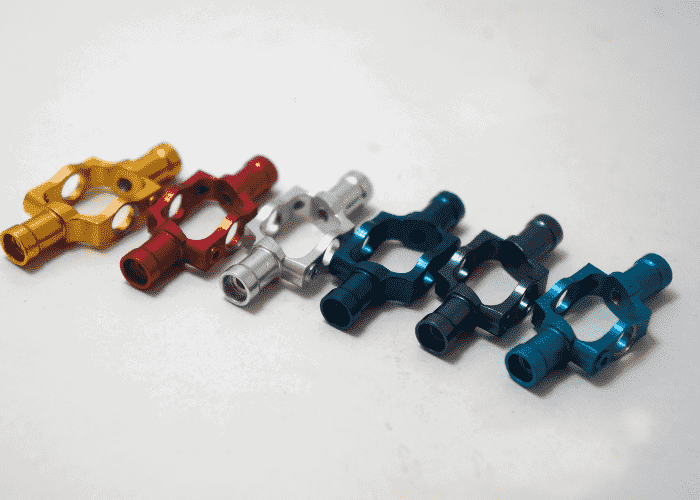
Surface Finishing For Metal Prototypes
After the metal prototype is finished, secondary surface treatment is often required, and the surface treatment can make the surface of the metal prototype smooth, clean, and protected. The specific surface treatment introduction has a look at the content:
1.Deburring
It is a surface treatment process that removes sharp edges and burrs on the surface of metal parts by grinding tools.
2.Anodizing
It is an electrochemical process that can form a protective oxide layer on the metal surface, which can resist corrosion on the surface of the metal prototype and can also be used for metal coloring to improve the appearance of the metal.
3.Electroplating
Electroplating is a surface treatment process that covers the surface with a metal layer to achieve wear resistance. Commonly used metal layers are nickel, chromium, and copper.
4.Polishing
It is the process of treating metal surfaces with polishing tools. This surface treatment improves the appearance of the metal by smoothing or removing surface imperfections.
5.Sandblasting
It is sand or other abrasive streams that sandblast metal surfaces, and it is also a surface treatment to clean the metal prototype surface.
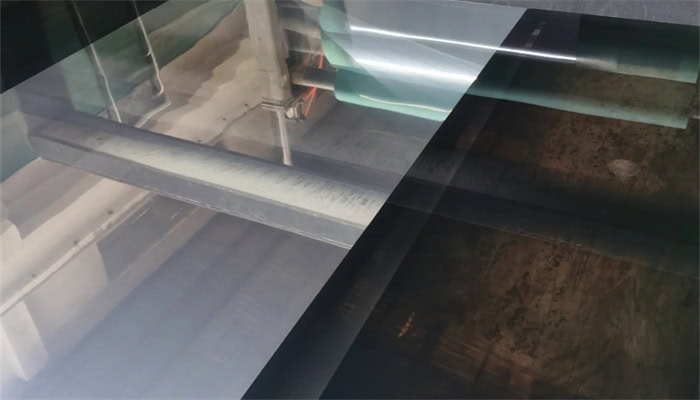
Advantages Of Choosing Metal Prototypes
Why are metal prototypes attractive to manufacturers and a popular choice for prototyping? Through the following introduction to it, I believe you have some understanding.
1.Machinability
Metals are highly machinable materials that can be prototyped or machined through technology to achieve the required complex shapes or precision.
2.Sustainability
Metal prototyping creates products that are durable and resistant to wear and tear. Its application in harsh environments does not require frequent replacement and maintenance, reducing maintenance costs.
3.Echnical Support
In terms of technology, rapid provides many high-tech metal prototype creations, and through the manipulation of professionals, the product design is completed through our technology to create the model.
4.Economic Benefits
Metal prototyping enables rapid prototyping and is cost-effective in the long run through mass production at low unit costs.
5.Quality Assurance
Metal materials are high-strength and corrosion-resistant materials. Prototype creation can have the ability to resist high impact and earthquakes. It can complete the designer’s product test and apply it to various industries.
Conclusion
The creation of metal prototypes allows designers to have flexible imagination space, and choose the appropriate manufacturing technology or processing technology to cope with the production of products.
Not only that, by improving the quality of the product during the process of making metal prototypes, the product can be used for a long time in future applications, reducing the time cost of rework for you. It is worth noting that we need to be careful when choosing metal materials so that our metal prototypes can be reliable products.
When it comes to metal prototyping services, Tirapid is a good choice for you. From material selection, technical assistance, and post-testing, there are experts to escort you.

